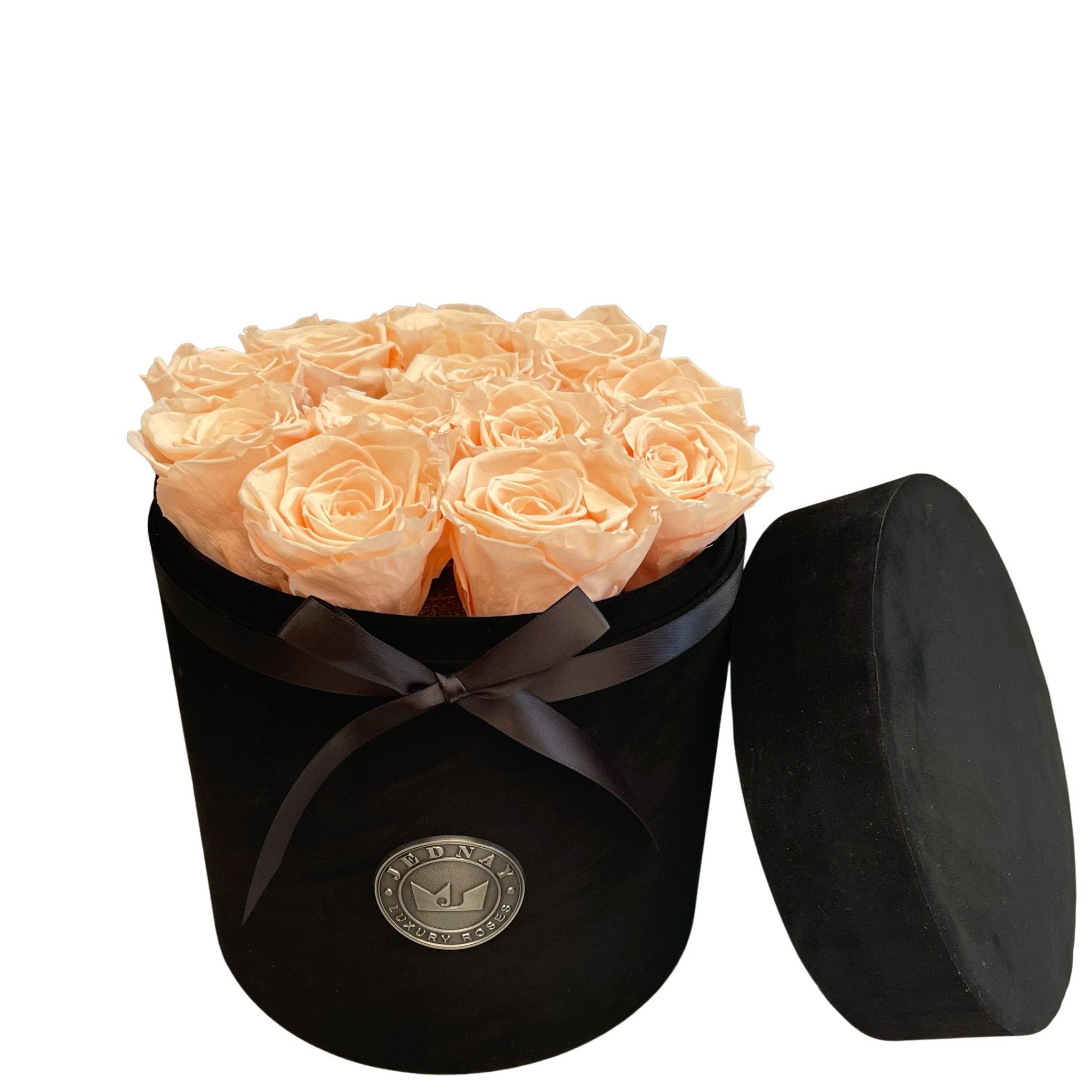
How The Rose Became The Centre Of A Floral Language
Of all the flowers in the world, none have had so many meanings ascribed to them as the rose, and eternal roses to this day are an intense statement of passionate and longing affection.
The rose is the centrepiece of an entire language of meaning known as floriography, where messages would be sent to people through the arrangement of specially chosen flowers in a particular way.
Whilst floral imagery has been used in poetry and art since the invention of poetry and art, the idea of a flower language complete with its own dictionary began to explode in popularity in the 19th century with the rise of the tussie-mussie or nosegay.
The latter name is a Middle English term for a “nose ornament”, which in this context means an ornament that smells nice rather than being fit on the nose itself.
The tussie-mussie, on the other hand, is a term that dates back to the early part of Queen Victoria’s reign, as the trendsetting monarch would often carry a bouquet with her in a decorative holder, which when held together formed a “tussie”.
The “mussie” part referred to the wet moss that was used to keep the flowers bright and beautiful for longer.
A tussie-mussie became a bouquet that gave a message, typically a message to a potential suitor during a time of particular modesty or one sent by a suitor to a person they loved.
The flowers would symbolise his feelings for her, and she would respond in kind by pinning the tussie-mussie in a particular symbolic place. The heart signified love, but over the centre of the chest was seen as a symbol of friendship.
At its peak, dozens of often-contradicting flower dictionaries existed, and many novels and works of art would use flowers as metaphors, most notably the Pre-Raphaelite painter John Evertt Millais in the painting Ophelia, which depicted the death of the Shakespearean character surrounded by the flowers she described.



